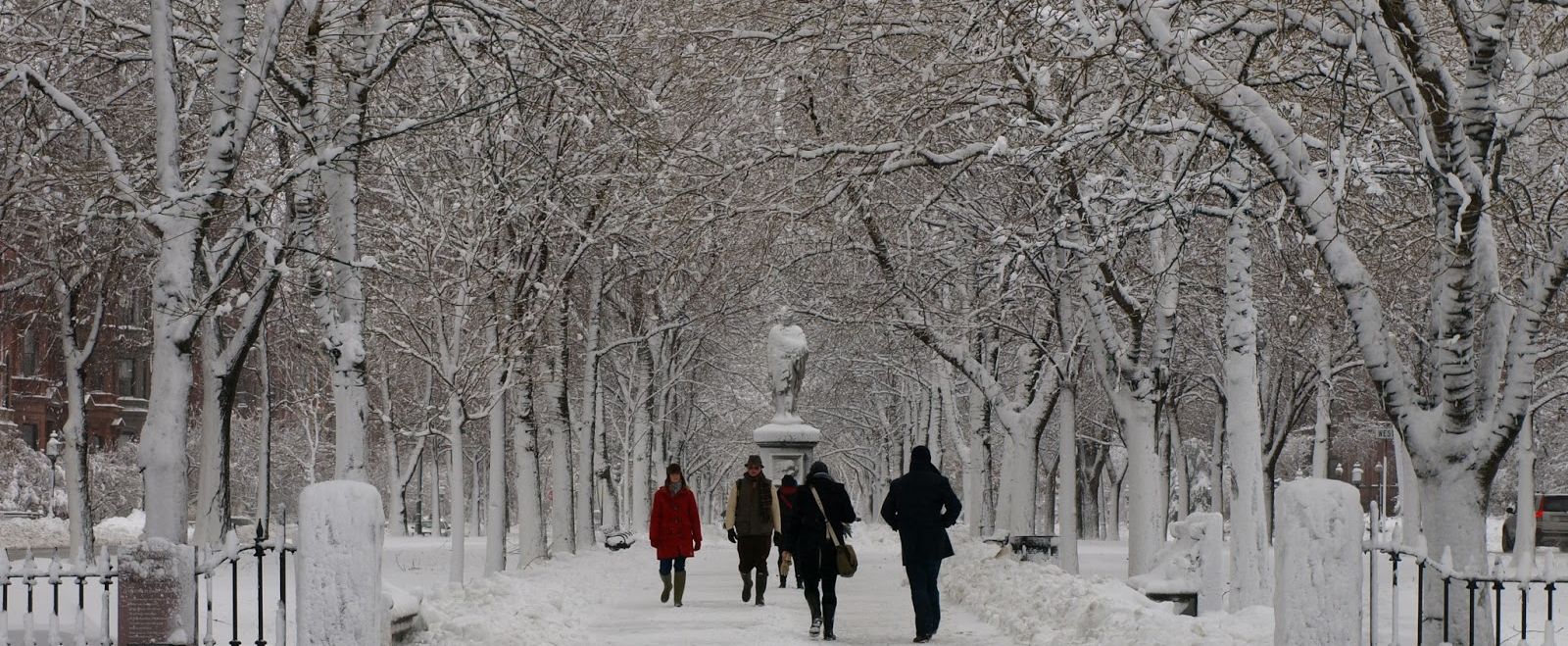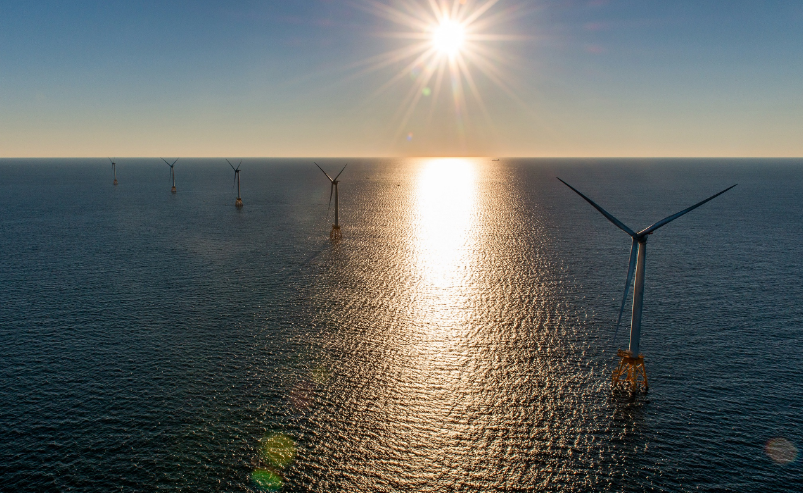A recent study by an MIT professor found that while climate change could mean less overall snow in a given year, it could also mean extreme snow events, especially for places like Boston. Increased amounts of water vapor and changes in the circulation of the atmosphere can cause an intensification of the snowfall extremes.
Fortunately for Bostonians, the city is taking a long-term view with regards to climate. Boston’s Mayor Walsh recently released an update to the City’s Climate Action Plan, which provides a roadmap for how Boston reduces its carbon footprint and prepares for climate change.
The climate plan update has some good news: Boston is on a track to meet its greenhouse gas (GHG) emissions reduction goal of twenty-five percent by 2020. Between 2005 and 2013, GHG emissions declined by seventeen percent (equivalent to taking 120,000 homes off the grid), while population and jobs increased by nearly eight percent. Before Bostonians rejoice over this accomplishment, it is important to note that most of this reduction came from the generation of cleaner energy—in particular, the replacement of coal and oil with gas to generate electricity and steam. Energy efficiency was another key contributor, yet, with most of the coal and oil now out of our energy supply, renewable energy and energy efficiency will have to play larger roles in driving down emissions.
Boston’s climate goals are ambitious, but achievable. The Climate Action Plan sets sector-specific GHG and program participation targets, giving Boston residents, businesses, institutions, and government a clear blueprint for success. Barr supported this planning effort and the Greenovate Boston Fellows, who were the lead organizers in helping Boston build a long-term vision for climate change mitigation.

I recently caught up with Greenovate Boston Fellow Leah Bamberger and with Vivien Li, co-chair of the Climate Action Plan Steering Committee, to learn more about the plan.
Mariella: Leah, how did you engage the community to provide ideas for the plan?
Leah: Our goal was to make it as easy as possible for everyone in the community to provide input to the plan and to share their ideas. This is critical for the success of this plan, because if Boston is going to reach its climate goals, we need every business and resident to play a role in implementation. By engaging the community from the beginning, we hope they will be supportive of implementing the plan as well. We offered multiple platforms—including a ‘virtual town hall’ at Engage.GreenovateBoston.org, the Greenovate Boston Community Summit, which had more than 500 people participate, and more than a dozen community-led meet-ups. In addition, the Steering Committee, along with its sub-committees, provided more formal feedback and guidance throughout the process. This diverse group of individuals offered their expertise in sustainability and provided perspective from all sectors of the community.
Mariella: The plan is unique in the sense that it sets targets for sectors such as neighborhoods and large commercial, institutional buildings. Going forward, how will Bostonians know how we are doing in relation to those targets?
Leah: These targets are important because they really drill down into the data, turning a somewhat abstract greenhouse gas reduction goal into something much more tangible, like the number of home weatherizations that we must complete by 2020 if we are to reach our goal. This is empowering information for us and the community to rally around. All of this progress will be tracked online with the new performance measurement system at Plan.GreenovateBoston.org. This transparent system will help keep government, residents, businesses, and institutions accountable, because it is up to us all to implement this plan.
Mariella: The plan also recommends that Boston start positioning itself to reach its long-term goal of eighty-percent reductions by 2050, as well as making the city more resilient to climate change. What are the next steps in getting us to a carbon neutral and resilient city?
Vivien: This plan incorporates numerous strategies to move Boston to be carbon neutral by 2050. Over the next ten years, for example, Boston will explore the conversion of its municipal vehicle fleet to a zero-carbon fleet by 2030; expand public and private infrastructure to support electric vehicles; work closely with the MBTA on ways to transition its vehicles to net-zero carbon energy sources; and facilitate the expansion of district heating, cooling, microgrids, and renewable energy deployment throughout the city.
This spring, Mayor Walsh will convene the first-ever regional climate preparedness summit of mayors and other elected officials to begin to work together on making the region more climate resilient. For Boston’s contribution, we will continue to integrate climate preparedness into all project and permit reviews; address operational vulnerabilities identified in the 2013 assessment of municipal facilities; and work with community organizations to create neighborhood-based programs that protect our most vulnerable populations and low-income neighborhoods. We heard loud and clear during last year’s Greenovate Boston Community Summit that residents want to be involved in preparing for the future, and this plan embraces an active and informed citizenry working together with City officials.
Leah Bamberger is a Greenovate Fellow in the City of Boston’s Office of Environment, Energy, and Open Space. She engages Boston residents, businesses, and institutions in environmentally sustainable actions.
Vivien Li is president of The Boston Harbor Association, a member of the Boston Green Ribbon Commission, and a member of the Barr Fellows Class of 2005.




